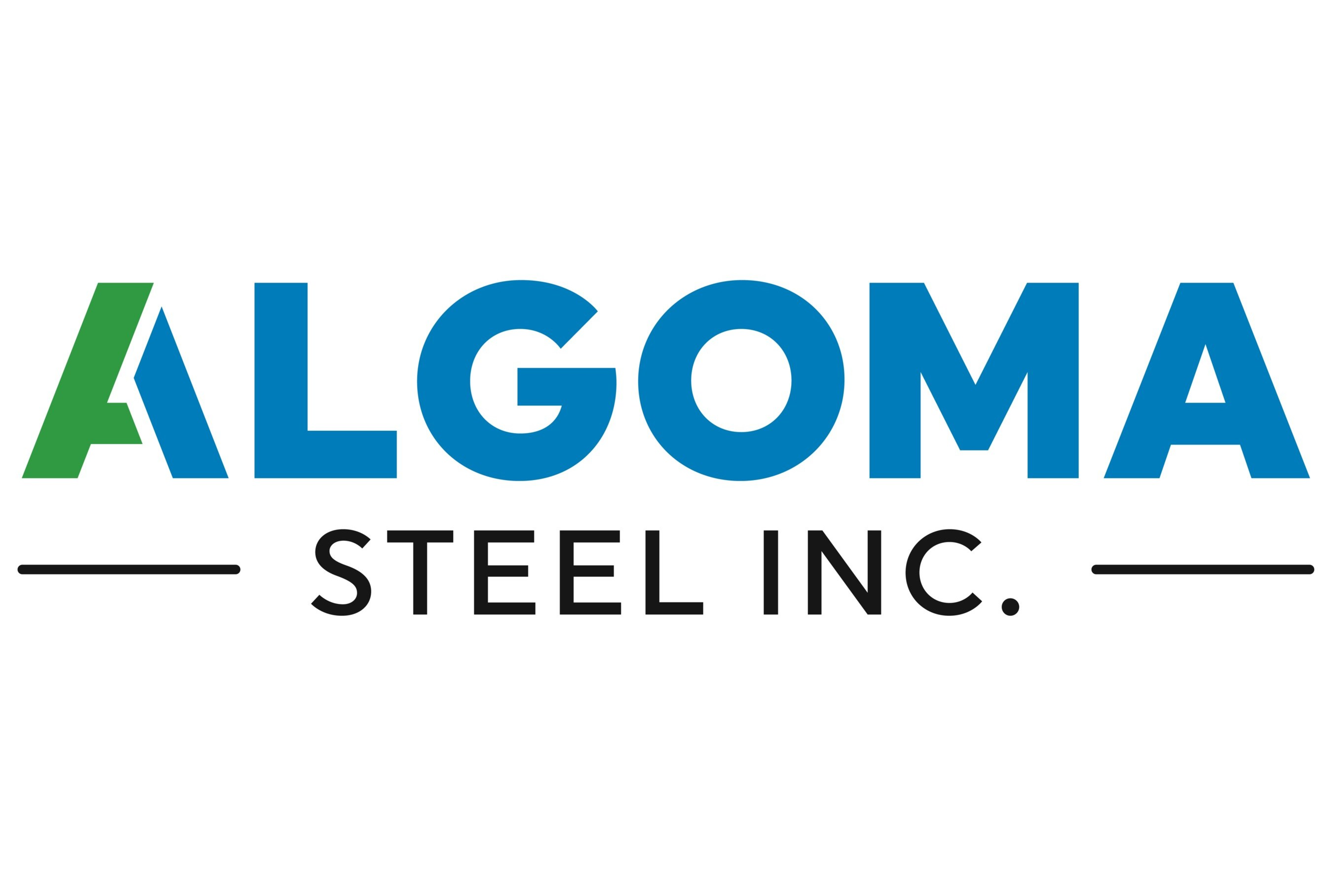Market Segment

July 17, 2014
HARDI/ITR Construction Forecast, July 2014 (Part 1)
Written by Sandy Williams
Steel Market Update is a member of an association connected to the construction industry called HARDI. HARDI stands for Heating, Air-conditioning & Refrigeration Distributors International. HARDI and The Institute for Trend Research (ITR), an economic forecasting company, work together to gather economic data to provide a quarterly forecast to the HARDI members located in the United States and Canada. The information shared in our newsletter is only part of a much larger package seen by participating HARDI member companies.
Today’s issue will cover the general economic overview as well as construction forecasts for the Northeast, Mid-Atlantic, and Southeastern Region.
Economic Overview
ITR says second quarter growth looks solid following the setbacks to the economy during the severe winter months.
ITR has modified its economic forecast based on upward revisions to industrial production growth data by the Federal Reserve. Economic growth is expected to moderate later this year as industrial production slows, reaching the bottom of the cycle in Q3 2015 followed by an upswing through 2016.
Nonresidential construction is improving in commercial and office building but weak education, hospital, and public building are keeping construction spending numbers down.
Retail sales, not including auto, rose 2.6 percent in the past year but spending is expected to slow without descending back into recession. Auto sales continue to be a bright spot and consumer spending on large expenditures bodes well for HVRACR spending this summer. Capital goods spending rose 4.9 percent but quarter-over-quarter declines indicate a loss of momentum.
The Consumer Price Index was 2.1 percent higher in May than the same month in 2013 with inflation only moderate. May prices for construction materials increased 1.8 percent year over year but are still modest according to ITR.
Galvanized steel price and steel scrap prices both fell in June but and are expected to move lower. Unfair trade practices are a major concern in the steel industry but over capacity is still causing pressure on pricing that is may be negative in the second half of the year.
Northeast Region
Housing permits in the Northeast grew at 26.9 percent in the 12 months to May 2014 but are expected to slow in the second half, ending near 2013 levels. Multi-family housing, while still strong nationally, has slowed and will continue to do so through 2015. New York and Massachusetts showed the strongest annual growth rate in May. Home prices are not expected to keep up the 11.4 percent pace reported by S&P/Case Shiller but will stay positive. Annual growth for housing construction in the Northeast is expected to be flat in 2014 at -0.2 percent. Growth for 2015 is expected to reach 21.6 percent, followed by 13.4 percent in 2016.
Commercial construction spending rose 23 percent in the 12 months preceding May to the highest level since 2008. Hotel/motel, warehouse, and bank/office construction spending is up 128.2 percent, 57.8 percent and 26.4 percent, respectively. TR expects the commercial market to continue to improve with a short, manageable decline. The growth rate for commercial construction is forecast at 9.6 percent for 2014 and 1.6 percent for 2015.
Mid-Atlantic Region
Mid-Atlantic housing construction permits fell in May and are expected to remain in a slower growth phase through the end of 2014. Permits declined by 94 percent in Washington DC year over year and were in negative numbers in Maryland, New Jersey and Delaware in May. Home prices are moderating in the region except in New York and Washington where prices continue to rise. Less price growth for homes may indicate less permits issued in the near term. The ITR forecast for housing construction growth is 3.9 percent in 2014, 12.7 percent in 2015, and 7.8 percent in 2016.
Commercial construction in the Mid-Atlantic slipped into a recession phase since last quarter as annual spending dropped 2.6 percent below the rate seen in 2013. New York City and New Jersey are experiencing an upswing in commercial construction projects and more projects are likely. The strong showing there, however, will not make up for declines elsewhere in the region. ITR forecasts -5.8 percent growth in 2014 followed by a recovery in 2015 to 6.0 percent that will continue to 14.1 percent in 2016.
Southeastern Region
The growth rate for housing construction in the Southeast was at 6.2 percent through May which was one fifth of the annual pace in 2013 for the same period. A mild contraction is expected this winter which is not likely to felt, says ITR, unless accompanied by weather extremes. Permit growth has been in double digits in S. Carolina, Georgia and Tennessee. ITR suggests Tennessee will be a state to watch due to auto manufacturing and growth in life sciences and financial services. Florida will also be attracting business, workers and housing with the increased port activity due to the expansion of the Panama Canal in 2016. Home prices are expected to rise at a steady pace during 2014 and 2015. Home prices fell somewhat since the April HARDI Trends Report in Florida, Georgia and S. Carolina. The growth rate forecast for housing construction is 3.3 percent in 2014, 5.2 percent in 2015 and 15.5 percent in 2016.
Commercial construction spending took a fall of 11.3 percent in the last 12 months but is expected to recover through the end of the year. The decline in commercial construction spending crosses all sectors but opportunities are available in renovation, remodeling and servicing of equipment. South Carolina is the only state in growth phase as of the July HARDI report, but its spending levels are still 50-60 percent below peak levels in 2007. The commercial construction forecast by ITR is -6.8 percent annual growth for 2014, 0.1 percent in 2015 and 16.8 percent in 2016.







